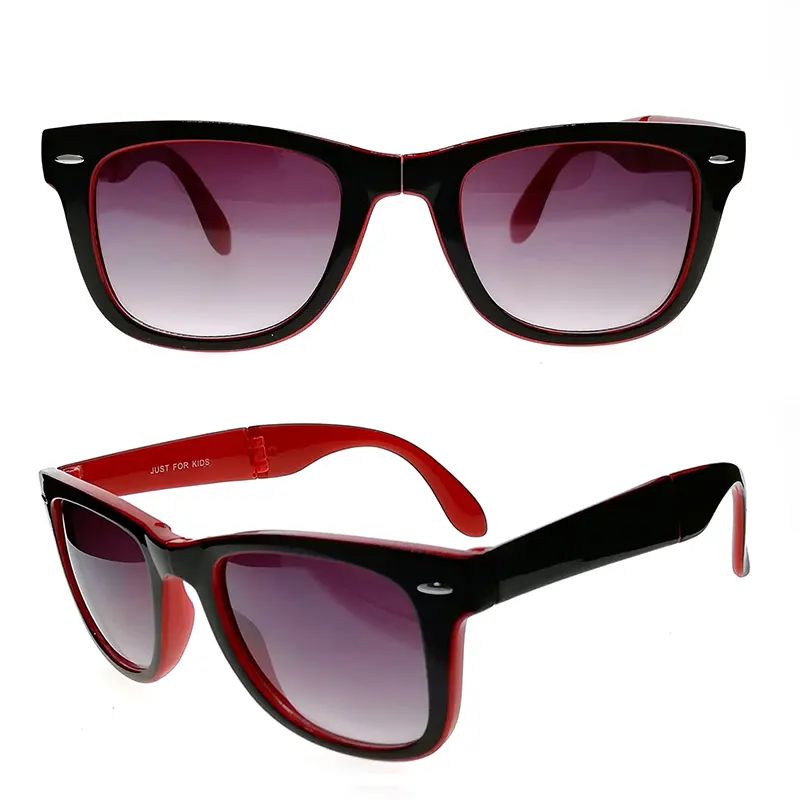Different people, according to different preferences and different uses to choose sunglasses.

Different people, according to different preferences and different uses to choose sunglasses.
Different people, according to different preferences and different uses to choose sunglasses, but the most fundamental is to ensure the safety of the wearer and eyesight is not damaged from the basic principle. The basic functions of sunglasses are to reduce glare stimulation, clear vision without distortion, UV protection, color recognition without distortion and accurate recognition of traffic signals. If the above functions are defective, they will not be able to function as sunglasses at least, but will also cause symptoms such as dizziness, sore eyes, slow reaction, color discrimination, uneven vision, and traffic accidents. So choose sunglasses should not only focus on the style and ignore their intrinsic quality. Consumers must pay attention to the following points when buying sunglasses:
1. First, know why you are buying sunglasses
From the several categories of sunglasses introduced above, we know that different categories of sunglasses have their own circumstances and people. When we want to buy sunglasses, we should first determine whether the purpose of our purchase is to shade us from the sun or to match our clothes with decoration. Are there any requirements for UV protection in addition to shading? Are there any special requirements for the safety of the lens? Only by identifying these purposes and combining the style with the actual effect on your face can you buy the right pair of sunglasses.
2. To learn to understand the product logo
Not all sunglasses have UV protection. A pair of sunglasses that meet the basic requirements of a standard can only block out bright light while not passing through more UV light. If a pair of sunglasses blocks only bright light but not the same amount of UV light, the wearer will receive more UV light than if they were not wearing sunglasses. (Wearing sunglasses reduces the flux of light into the eye, causing the wearer's pupils to dilate.) Sunglasses sold over the counter in stores generally have clear signs on the lenses, tags or outer packaging, just as there is a label on the fabric ingredients of clothing, consumers must carefully check before buying.



